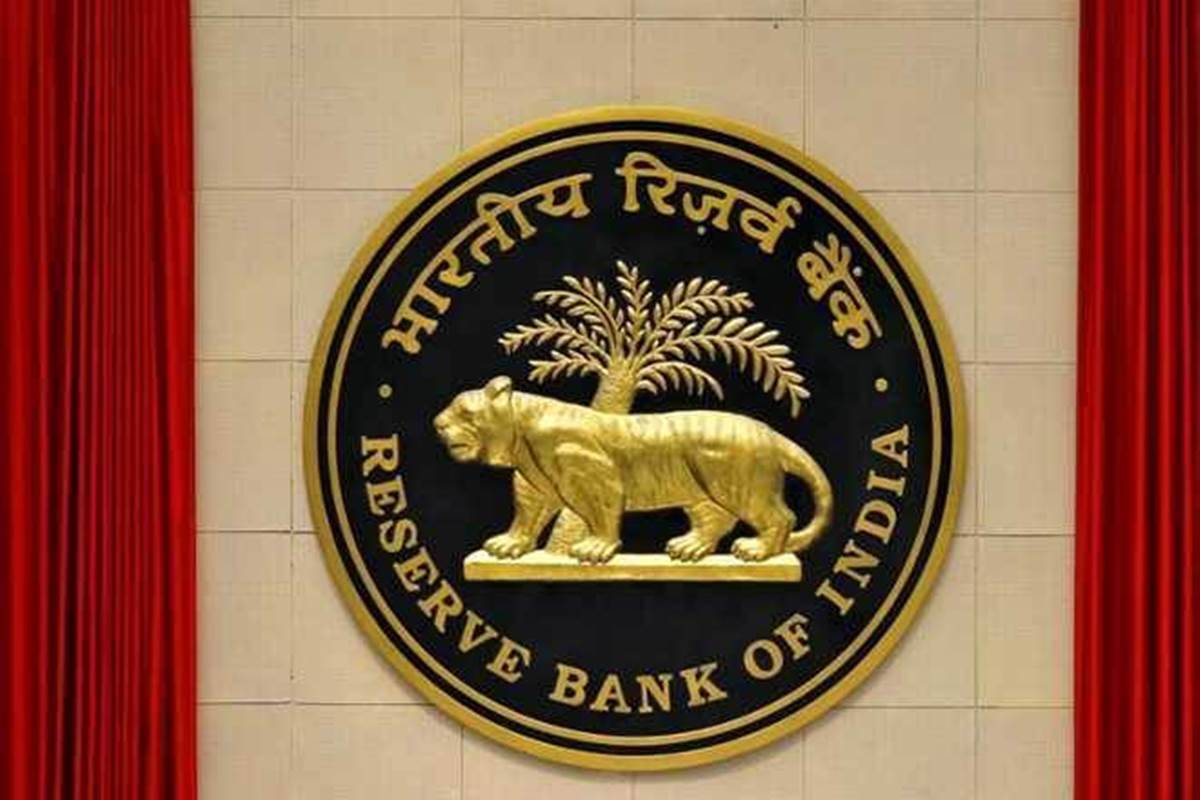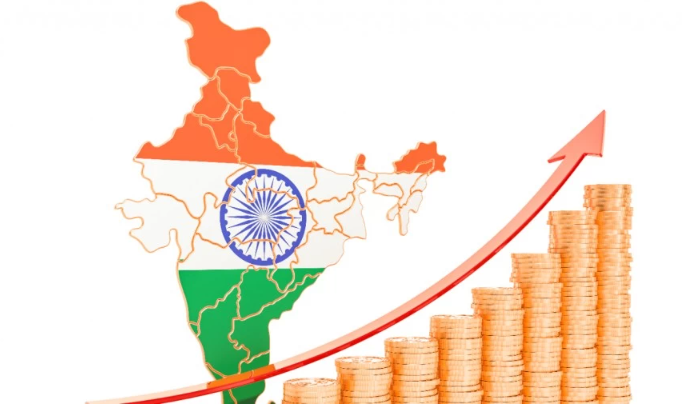
The next steps of GST
- August 8, 2023
- 0
After six years of its implementation, the Goods and Services Tax (GST) system appears to be stable. The monthly revenue collection has now reached around 1.5 lakh crore rupees. Continuous improvements by tax ministry and coordination between the central and state governments have significantly enhanced the system. Over the past years, introduction of e-way bills and the use of e-invoices have brought improvements in efficiency. Technology has played a crucial role in this.
The assessment of returns is now based on algorithms rather than the discretion of tax officials. This ensures that honest taxpayers do not face unnecessary hassles from the tax administration. The use of technology has resulted in significant compliance improvements in the process of tax filing and at the administrative level.
Recently, 60,000 suspicious firms were identified in a special operation. After verification of 50,000 firms, it was found that approximately 25% of them were fraudulent. It has initiated a pilot project for geotagging addresses and based on the experience gained, efforts will be made to implement it on a larger scale. The GST administration has also adopted biometric authentication to ensure the identification of individuals whose credentials (Aadhar card) are being used.
In recent months, the GST authorities uncovered more than 300 bogus entities claiming fake input tax credits of over 25,000 crore rupees.
It is noteworthy that during any changes in the new system or tax administration, care should be taken to minimize compliance burden and provide genuine registered entities with more opportunities for business focus.
At a broader level, the GST administration needs to work on to strengthen the process of monitoring tax evasion and verification of input tax credit claims.
Although improvements is seen in GST collection in recent years, we still need to achieve the envisioned level. Therefore, it is necessary for the GST Council to address the long-pending issues of rate rationalization and slabs. Reducing the number of slabs and efficiency and cost-effectiveness through price adjustments improving the collection process will both contribute to improvement.
जीएसटी के अगले कदम
अपने क्रियान्वयन के छह वर्ष बाद वस्तु एवं सेवा कर (जीएसटी) प्रणाली स्थिर नजर आ रही है। अब इसका मासिक राजस्व करीब 1.5 लाख करोड़ रुपये हो गया है। कर मंत्रालय द्वारा निरंतर किए जा रहे सुधार और केंद्र तथा राज्यों के बीच तालमेल से यह व्यवस्था काफी बेहतर हुई है। बीते वर्षों के दौरान ई-वे बिल की शुरूआत और ई-इनवॉयस के इस्तेमाल ने कर संग्रह में सुधार किया है। इसमें तकनीक के इस्तेमाल की अहम भूमिका रही है।
रिटर्न का आंकलन अब कर अधिकारियों की मर्जी पर नहीं है, इसके बजाय चयन के लिए अल्गोरिधम का इस्तेमाल किया जाता है। इससे यह सुनिश्चित होता है कि ईमानदार करदाताओं को कर प्रशासन के हाथों परेशानी का सामना न करना पड़े। कर फाइल करने की प्रक्रिया और प्रशासनिक स्तर पर तकनीक के इस्तेमाल से अनुपालन में उल्लेखनीय इजाफा हुआ है।
पिछले दिनों एक विशेष कार्यवाही में 60,000 संदिग्ध फर्मों का पता लगाया गया। 50,000 फर्मों का सत्यापन करने के बाद पाया गया कि इनमें से करीब 25 फीसदी फर्जी थे। सटीक ठिकानों की पहचान के लिए पतों की जियोटैगिंग की एक प्रारंभिक परियोजना शुरू की गई है और इससे उपजे अनुभव के आधार पर इसे बड़े पैमाने पर क्रियान्वित करने की कोशिश की जाएगी। जीएसटी प्रशासन भी बायोमेट्रिक प्रमाणन को अपना रहा है ताकि यह निर्धारित किया जा सके कि किसका आधार कार्ड इस्तेमाल किया जा रहा है।
हाल के महीनों में जीएसटी अधिकारियों ने 300 से अधिक गठजोड़ों का पर्दाफाश किया है जिन्होंने अनुमान के मुताबिक करीब 25,000 करोड़ रुपये से अधिक के फर्जी इनपुट टैक्स क्रेडिट का दावा किया था।
इस संदर्भ में यह बात ध्यान देने लायक है कि नई व्यवस्था अथवा कर प्रशासन में परिवर्तन के दौरान इस बात का ध्यान रखा जाना चाहिए कि अनुपालन का बोझ न्यूनतम हो और ईमानदार पंजीकृत संस्थाओं को कारोबार पर ध्यान देने का अधिक से अधिक मौका मिले।
व्यापक स्तर पर जीएसटी प्रशासन को सबसे पहले कर वंचना और इनपुट टैक्स क्रेडिट के दावों की निगरानी प्रक्रिया को सतत सुदृढ़ बढ़ाने की आवश्यकता है।
हालांकि हाल के वर्षों में जीएसटी संग्रह में सुधार हुआ है लेकिन अभी हमें वह स्तर हासिल करना है जिसकी परिकल्पना की गई थी। ऐसे में जीएसटी परिषद के लिए यह आवश्यक है कि वह दरों और स्लैब को उचित बनाने के लंबे समय से लंबित मसले को हल करे। स्लैब की तादाद कम करने और दरों को समायोजित करने से किफायत और संग्रह दोनों में सुधार होगा।

































































